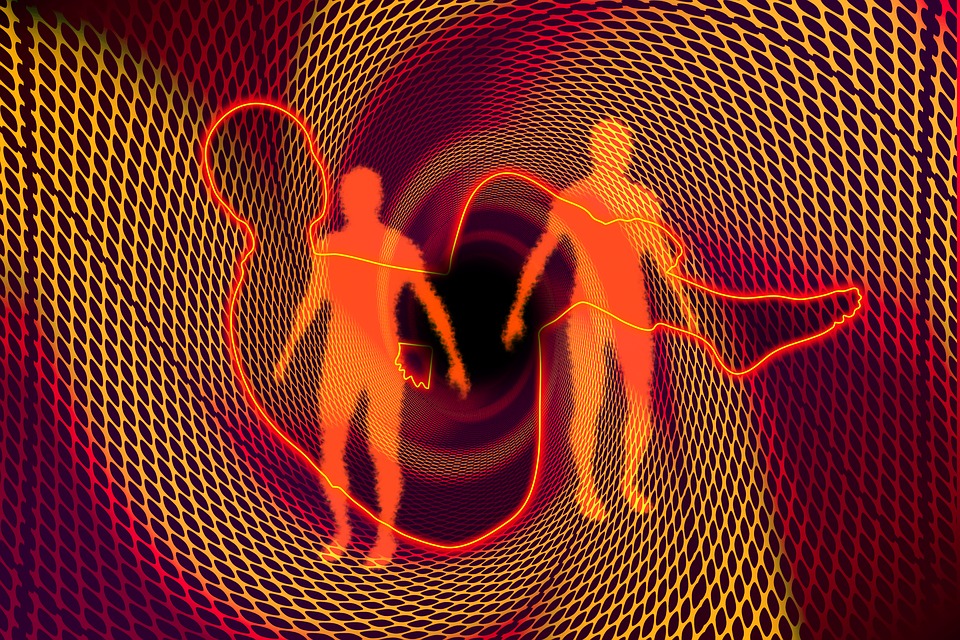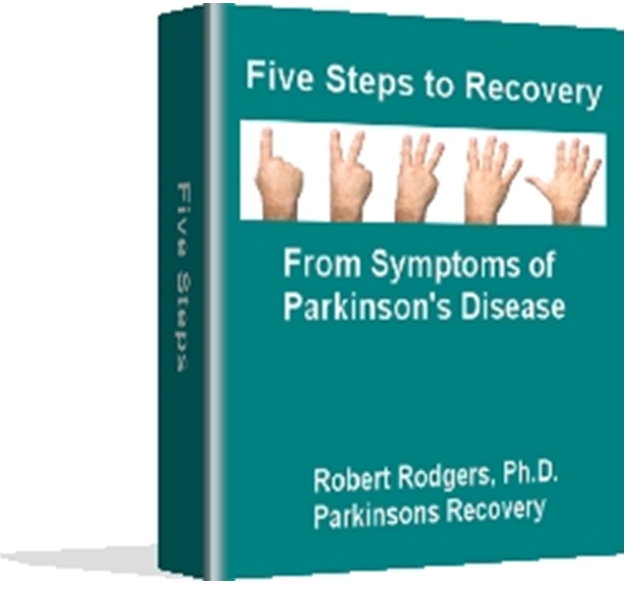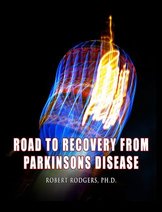Most people choose to suppress the symptoms of Parkinson’s disease with medications or supplements. And why not? If you can begin to feel “normal”, you can begin leading a “normal” life. Brain power exercises are an entertaining and effective way to boost existing neural networks and create new ones.
Michael Lavery, author of Whole Brain Power: The Fountain of Youth for the Mind and Body. has invented fascinating and innovative ways to increase and enhance the integrity and functionality of your brain. You read my last sentence correctly.
- You can get a lot smarter!
- Your memory and recall can improve significantly!
- Your handwriting can improve!
- Your can become more focused!
- You can lift depression!
- You can reclaim your life force!
All of this is possible, Michael explains, when you start a program of brain power exercises that exercise your brain in ways you never before even imagined. I like his approach because it puts you in the driver’s seat of your recovery and allows medicines and supplements to take a back seat rather than front seat.
Joining Michael in my interview with him is Len Fox who discusses his own experience with taking Michael’s program of brain power exercises seriously.
More about Brain Power Exercises
The fine and gross motor controls of the hands help to grow the brain. This brain growth occurs specifically on the surface of the brain as well as certain anatomical areas of the hippocampi structures, the corpus collosum and the cerebellum. The growth of myelin occurs with improved procedural memories. When the myelin thickens on the axon sheaths, chemical changes occur with the production of a master steroid. This process helps maintain homeostasis within the brain.
The brain has the ability to create new neurons in a process called neurogenesis. The brain has much greater plasticity than previously recognized.This is encouraging news for anyone dealing with mild cognitive impairment. People dealing with Parkinson’s and Alzheimer’s can be inspired to become more proactive with the issues of doing certain brain exercises that can help to rewire both hemispheres.
One of the tenets of whole brain exercises is to work on ambidexterity with handwriting drills and to also work on mirror writing. This exercise is called “Da Vinci writing.” It is one in which the practitioner writes from right to left with cursive penmanship. The other ambidextrous drill is to bounce a golf ball off a mallet and to do so with either hand.
People with Parkinson’s and Alzheimer’s make tremendous strides in these areas where initially they had coordination problems.
To keep your program focused, Michael Lavery has also published a Whole Brain Power: Workbook & Progress Journal
Robert Rodgers PhD
Road to Recovery from Parkinsons Disease






